Ammi Visnaga May Help Reduce Seizures and Inflammation
This study looked at the effects of a plant extract called Ammi visnaga, commonly known as the toothpick plant, on seizures in mice.
Epilepsy genetics explained: Explore epilepsy genetics in plain language. What key genes mean, how testing works, and what families should know.
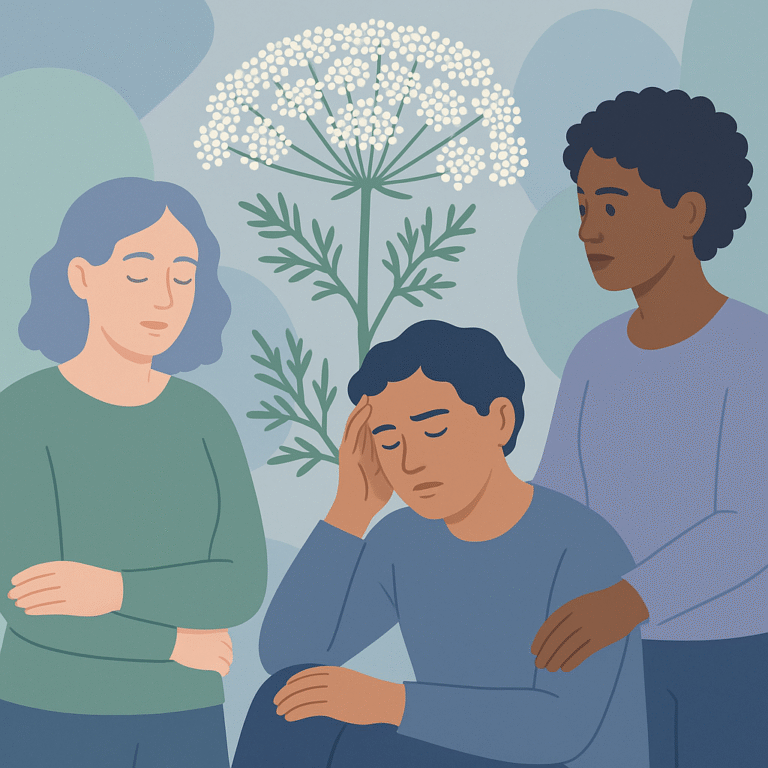
This study looked at the effects of a plant extract called Ammi visnaga, commonly known as the toothpick plant, on seizures in mice.

Researchers studied the use of third-generation anti-seizure medications in people with epilepsy.

Researchers studied myoclonic epilepsy with ragged-red fibers (MERRF), a rare condition caused by changes in mitochondrial DNA.
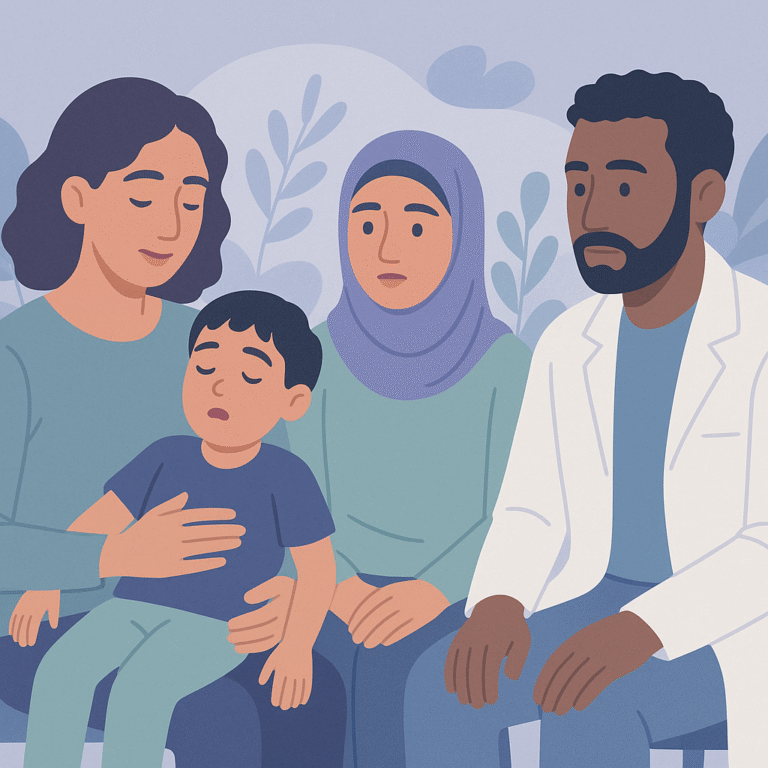
This study looked at pediatric epilepsy in Palestine, focusing on children aged 2 months to 18 years who were diagnosed between 2019 and 2024.
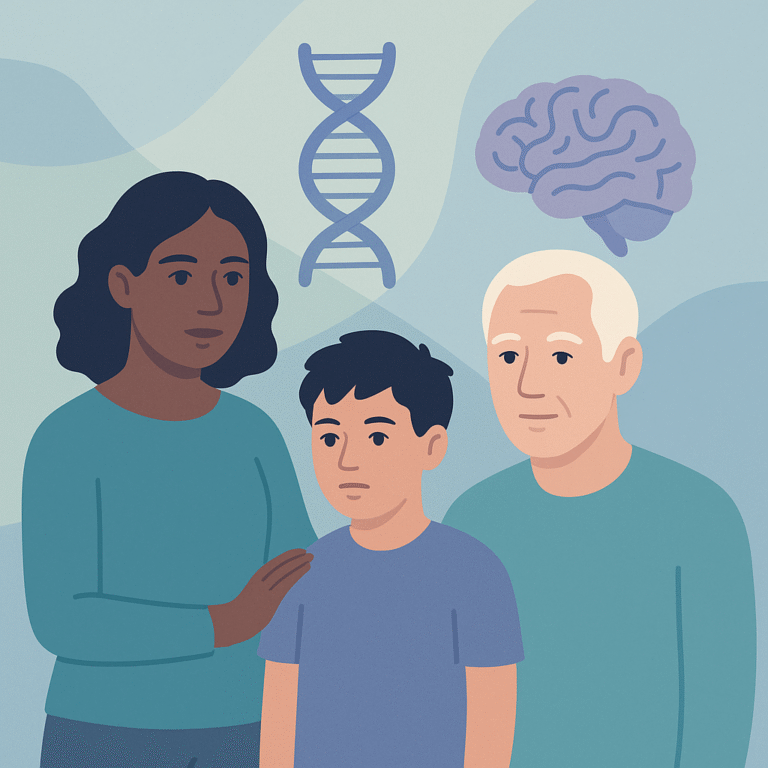
Researchers studied a family affected by familial mesial temporal lobe epilepsy (FMTLE) to better understand how changes in a specific gene called CACNA1C can lead to this type of epilepsy.
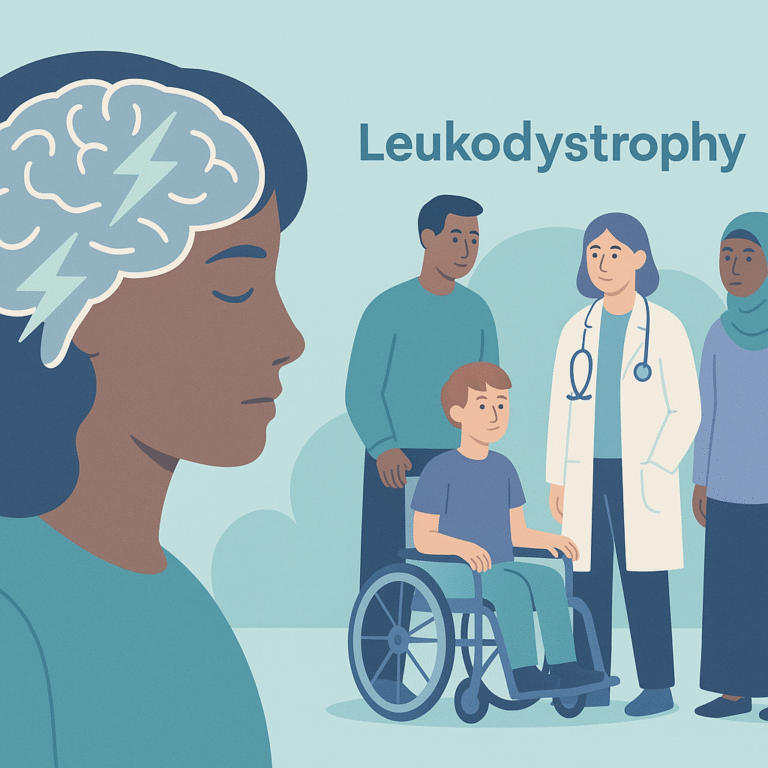
This study looked at the occurrence of seizures and epilepsy in children diagnosed with leukodystrophies, which are rare brain disorders that affect the white matter of the brain.
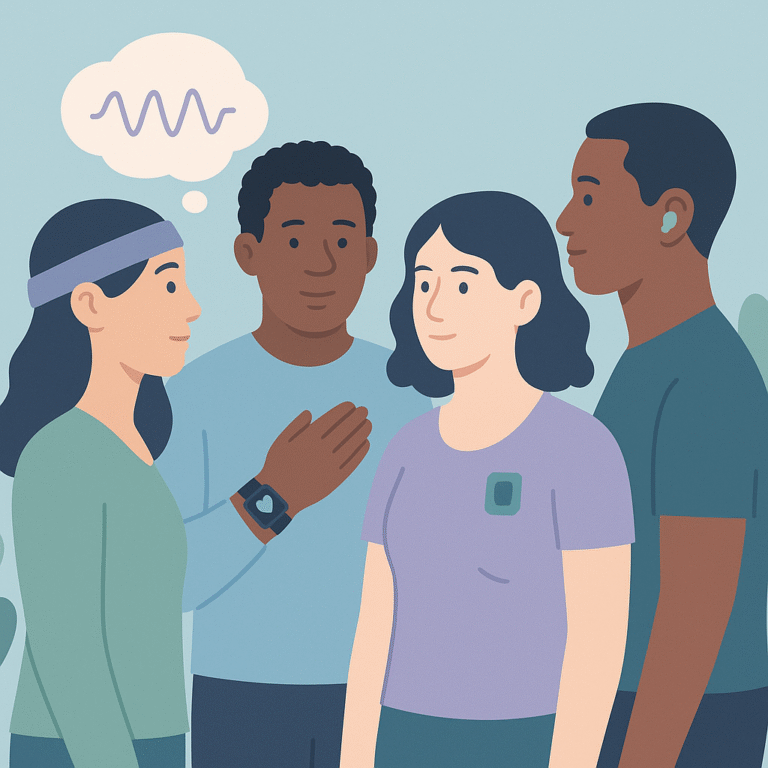
Researchers studied wearable artificial intelligence (AI) technologies designed to help manage epilepsy, which affects around 50 million people worldwide.

Researchers studied a new tool called the iKETO-KNOW Questionnaire, which was designed to measure how much adult patients and caregivers know about the ketogenic diet therapy (KDT) for epilepsy.

Researchers studied the connection between Alzheimer’s disease (AD) and epilepsy, focusing on how these two conditions can affect each other.